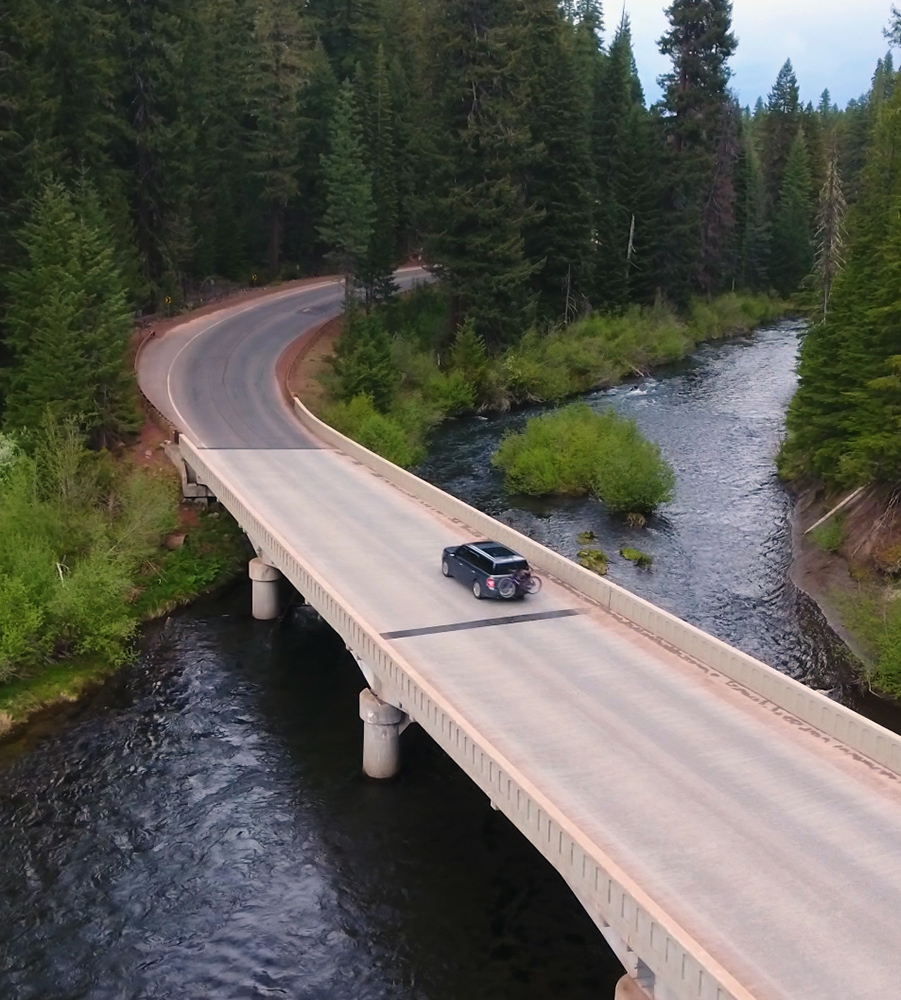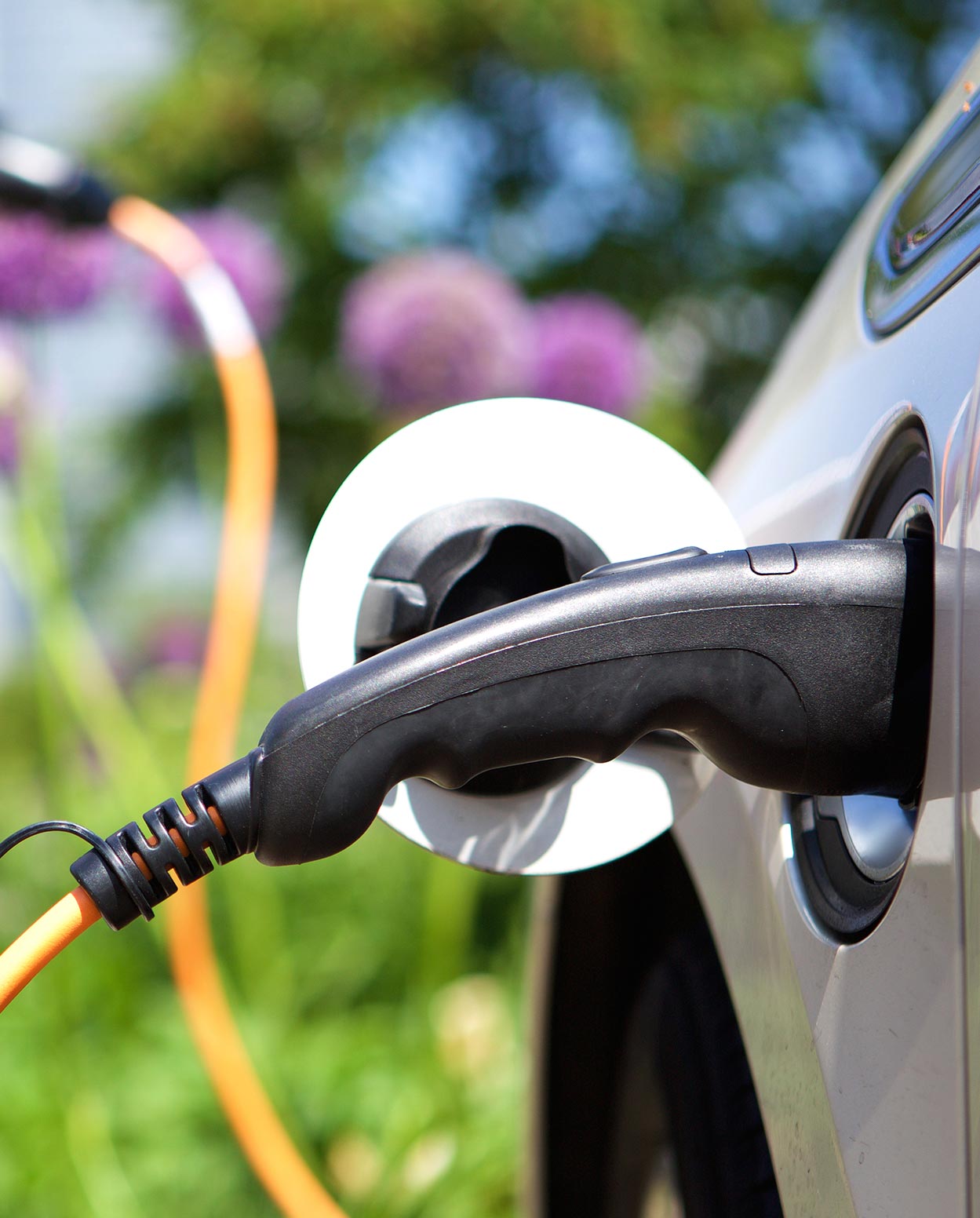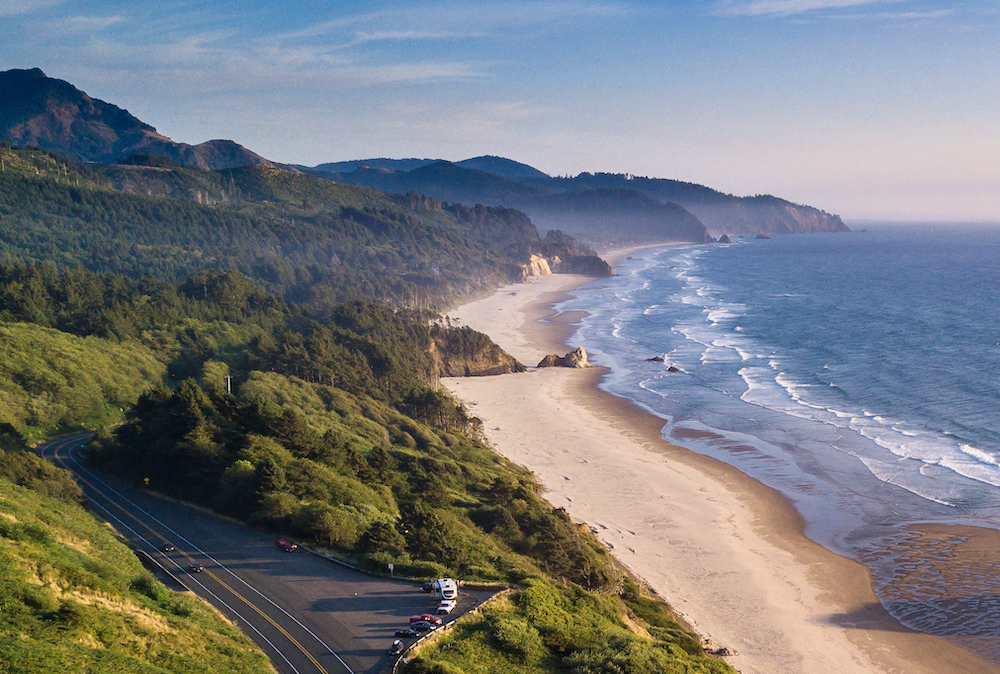Why does road funding matter?
Roads take us to and from our jobs, help us deliver goods and services, and connect us to family and friends around the state. Our mobility and our economy depend on them.
Oregonians pay 40 cents per gallon of fuel to fund road projects. But, as more cars run on electricity or use less gas, Oregon gets less funding to maintain roads and bridges. OReGO preserves our roads by creating a fair and sustainable funding model that is based on actual use – miles driven – instead of gallons consumed.

How did we get here?
In true Oregon fashion, we’re pioneering new ways to fund our roads to support our state’s mobility and economy, now and for future generations. Oregon was the first state to collect a fuel tax to fund highway projects in the early 20th century. Diminishing fuel tax returns led Oregon decision-makers back to the drawing board to create a fair, reliable source of revenue. The result is OReGO, the nation’s first pay-per-mile program.


Why participate now?
Unlike the fuel tax, with OReGO there are no hidden fees. Drivers know exactly what they contribute to vital road and bridge projects. Also, depending on your vehicle type, you may be eligible for reduced vehicle registration fees.
History of road funding in Oregon
What does the future of road funding look like?
Other states are following Oregon’s lead by studying and piloting pay-per-mile systems. ODOT is sharing OReGO best practices across all 50 states and several countries. Additionally, western states like Washington, California, Colorado, and Utah are joining Oregon to connect state pay-per-mile systems for seamless and accountable interstate travel. However, to improve on these systems and other features, the program needs more participants.


Did you know?
Many key transportation structures, such as tunnels and bridges, are 50 to 80 years old. We need more investment to keep these older facilities safe and operational.
